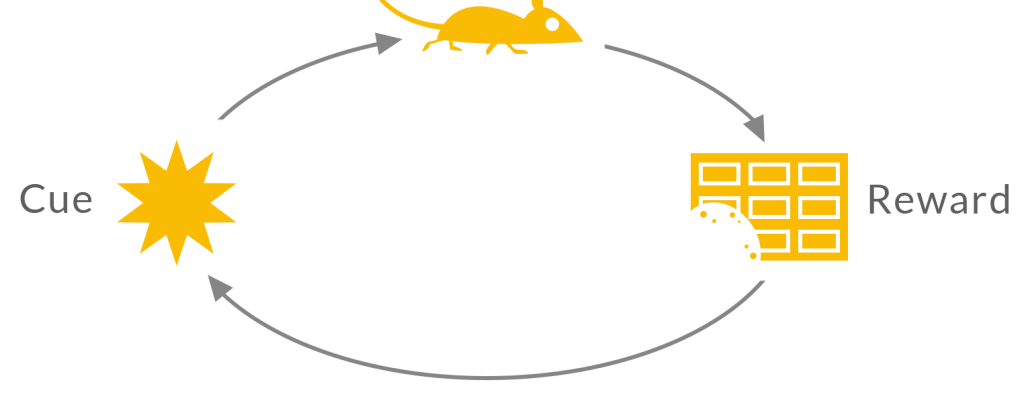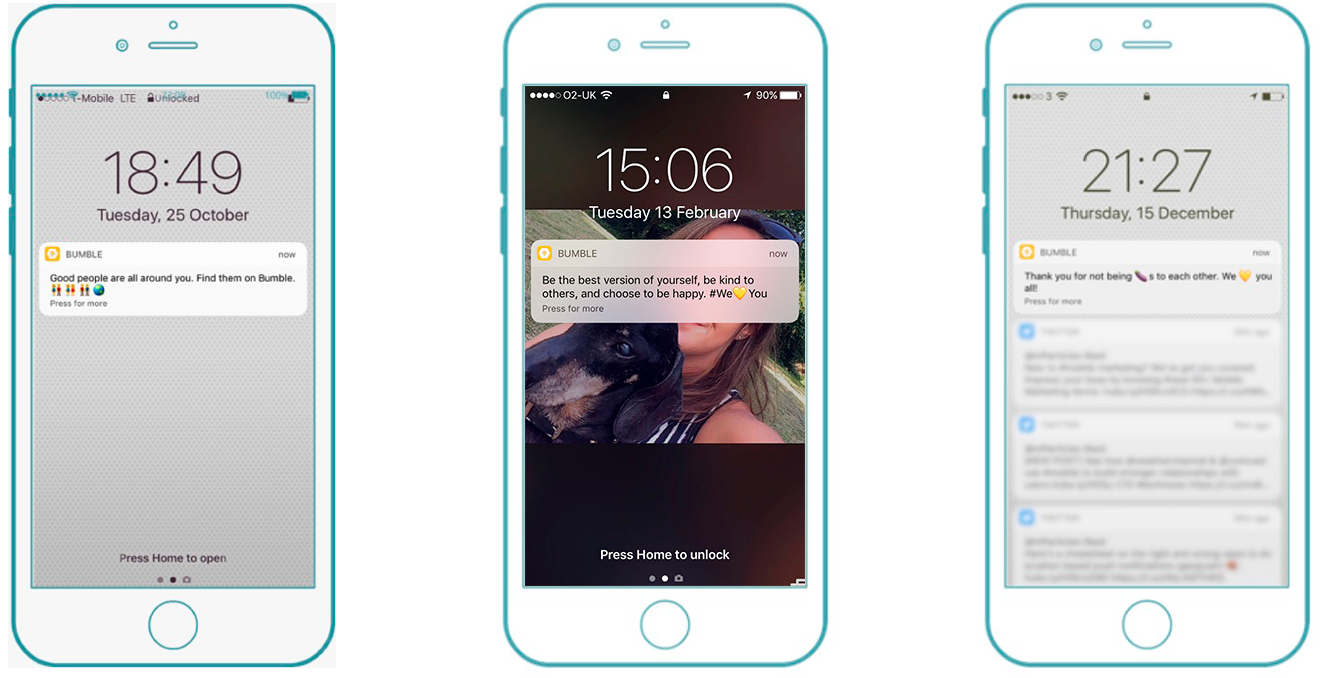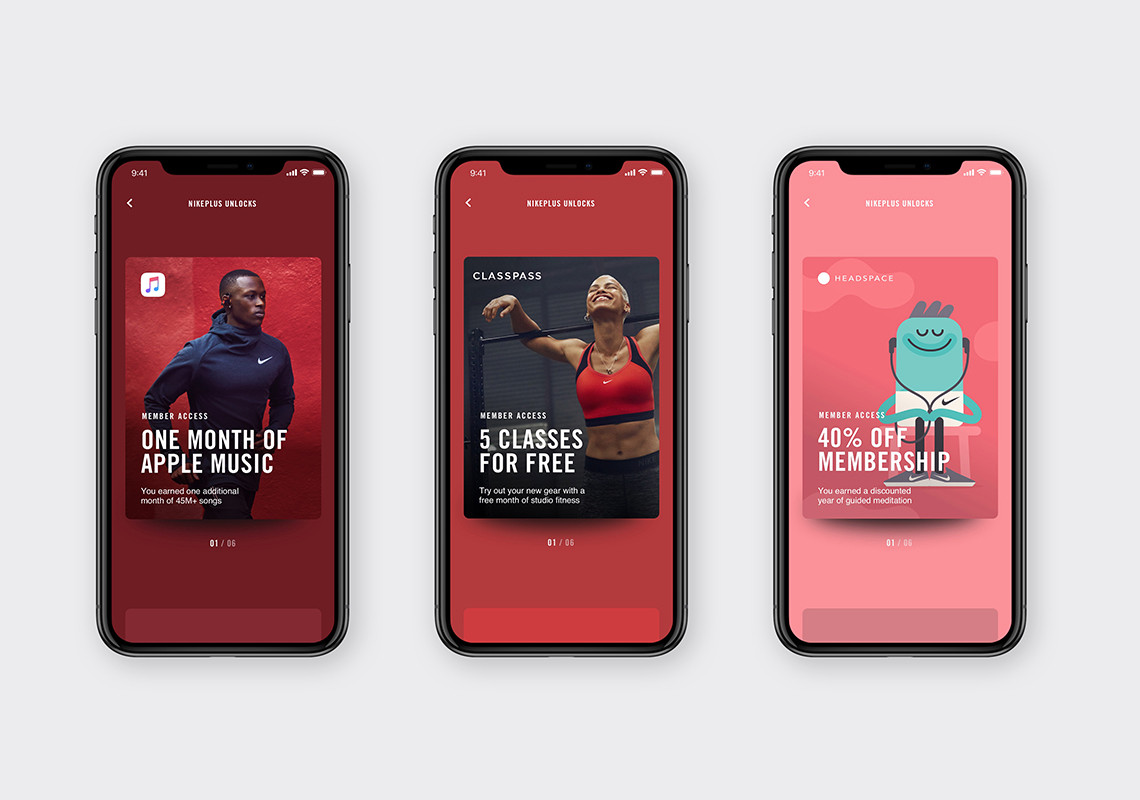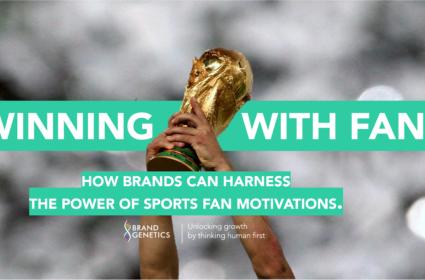Forget User Experience… Think Human Experience!

- The average person checks their mobile phone 85 times a day.
- In the last six months 62 per cent of US smartphone users have bought something on their mobile device.
- Nomophobia – the fear of being without a smart phone – is a recognisable psychological affliction.
However you look at it, mobile phones are playing an increasingly influential role in shaping aspects of human behaviour. This is why the way we utilise and interact with technology is so important and we need to pay ever closer attention to interface design.
Here at Brand Genetics, we believe that the Future is Human, so it is essential to employ a human-centric approach to interface design, using psychology and neuroscience to access core human needs. We’ve highlight three key areas we consider to be important when designing an interface to turn user experience (UX) into human experience (HX); Empathy, Emotional Wellbeing and Happiness.
DESIGNING FOR EMPATHY
When we see people in human terms and understand core human motivations, we can better spot opportunities to enhance their lives. Since empathy is about understanding someone else’s emotional state, this can unlock insights which can optimise human experiences.
Empathy in design can be achieved by looking at the key levels of emotional processing in the brain. Donald Norman calls this “Emotional Design” and believes there are three key components: visceral, behavioural and reflective, with each corresponding to a different neurological stimulation. Visceral and behavioural emotions engage “System 1” thinking. Visceral design feeds into the most basic human needs where people make fast, unconscious decisions on things like appearance. Good behavioural design derives from positive habit formation and the execution of routine behaviour, the “Habit Loop”. All habits are formed with a Cue, Routine and Reward. The aim is to design pleasurable rewards for people, because if this experience is positive, habitual behaviour is likely to follow.
On the other hand, reflective design engages our higher order emotional needs, “System 2” thinking. These emotions require slower, more challenging cognitive processes, for example self-image and personal satisfaction, giving people a sense of belonging or identity.

In Charles Duhigg’s Habit Loop, the routine is an emotional physical or mental experience which can be designed to create positive behaviour change.
DESIGNING FOR EMOTIONAL WELLBEING
When Apple investors recently called attention to the potential dangers of smart phone addiction, they were the latest in a line of influencers warning about what some think is the next public health crisis. Gen-Zs typically spend 7 hours a day on their phones; chatting, streaming, surfing and gaming, with this generation more anxious and depressed than previous ones. The percentage of 12-17 year-olds experiencing a major depressive episode has increased by 50% in the past decade and the suicide rate for young female teens has more than doubled. The argument for a causal relationship between technology use and emotional wellbeing is increasing.
However, there are ways to design engaging technology to promote positive emotional wellbeing. Interfaces which create experiences that excite or inspire can promote positive feelings. For example, Bumble randomly share happiness nudges with push notifications throughout the day for people using their dating app. Although a small touch, these empowering words motivate users and making them feel content and encouraged.

Bumble’s Happiness Nudges
DESIGNING FOR HAPPINESS
There are three ways to trigger happiness: The Expectation rule, ‘Flow’ and the Peak-End rule.
Last year, Google’s Chief Business Officer created the happiness algorithm. This formula states that happiness results when experience exceeds expectation. Quite simply, to encourage happiness we must keep people’s expectations realistic, so as to design products and experiences that can only exceed this.
A major problem of smartphone use is that we are left unfulfilled with constant distraction and endless scrolling. We can focus on cultivating optimal experiences by getting people into the state of ‘Flow’, the highly focused mental state, which psychologist Mihaly Csikszentmihalyi claims to be the “key to happiness”. People describe the optimal conditions of Flow as having a sense that their skills are adequate to cope with the challenge at hand, with a goal-orientated, rule-bound action system that provides clear clues as to how well one is performing. To get people into this state of Flow we must design interfaces with clear goals and boundaries, whilst continuing to provide feedback to ‘users’.
Finally, the Peak-End rule states that experiences are evaluated on just two points; how we feel at the most intense moment and also the moment at the end. Focusing on and optimising the positive peak and end moments of product experience can positively enhance people’s experiences and promote happiness. Nike utilises this with the new incentives scheme for its Nike Plus app. Nike Unlocks is a gamified rewards system (remember the Habit Loop!). The more active people are, the more they are rewarded with prizes, Apple music and guided meditation exercises.

Nike Unlocks
So don’t forget to “think human” in designing user experiences and remember the three key guidelines; embrace empathy, enhance emotional wellbeing and enable happiness.




